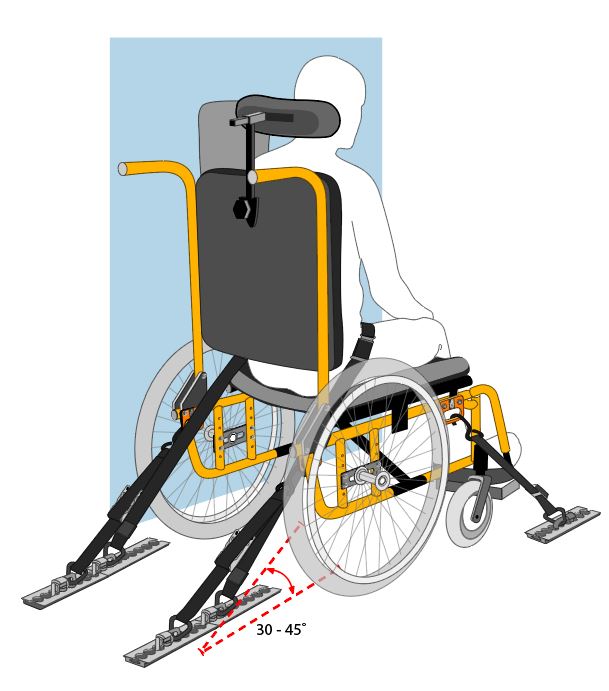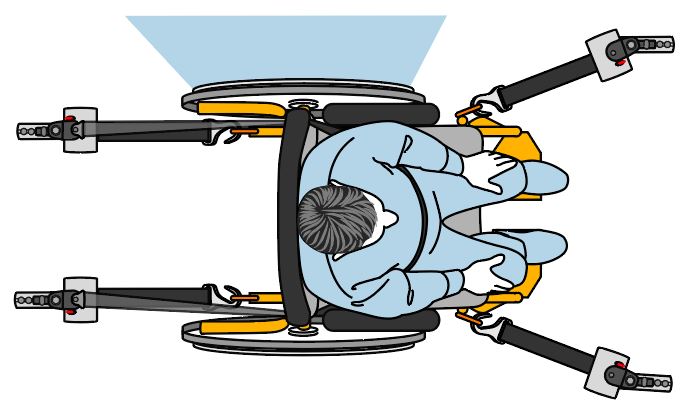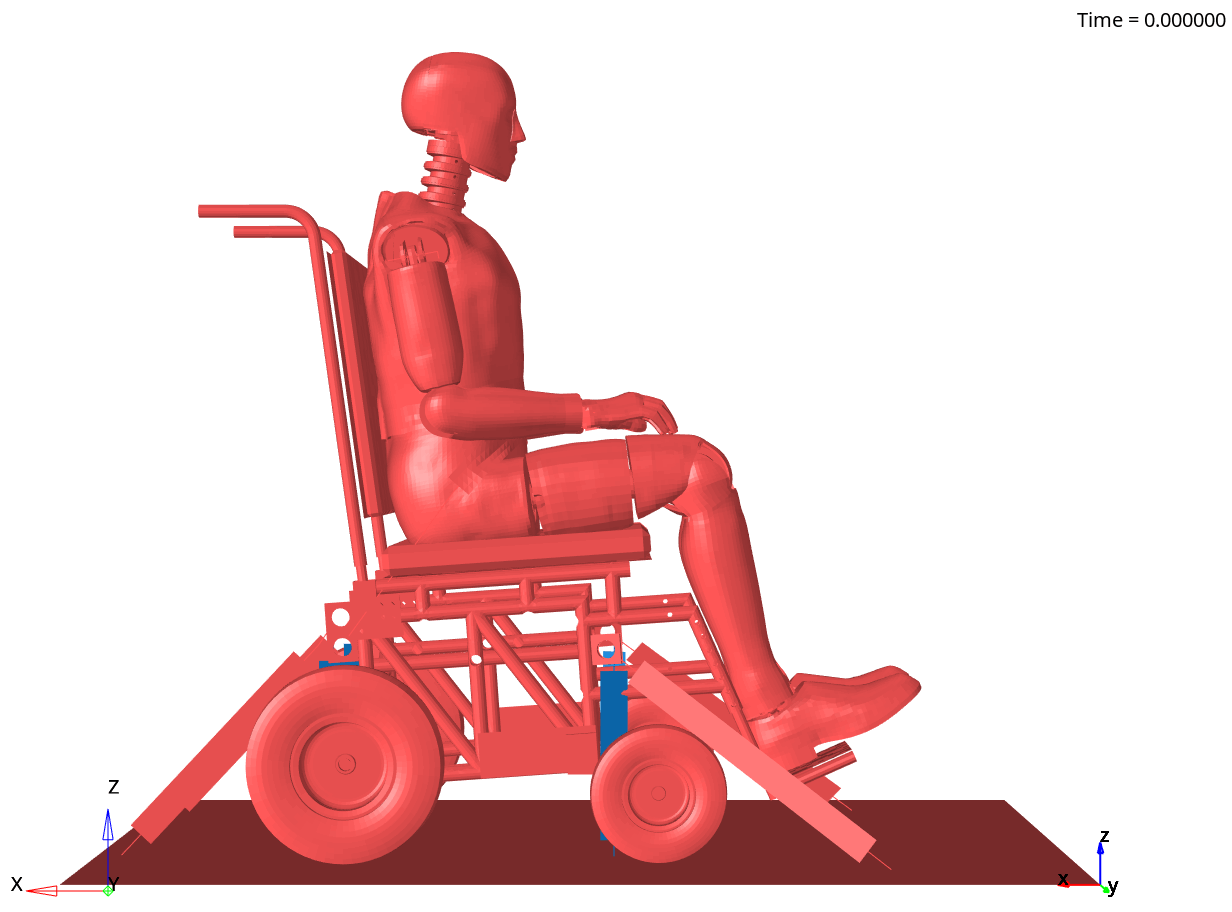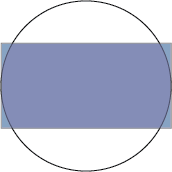We propose the following guidelines for future wheelchair stations on aircraft so they should work with most wheelchairs. Recommendations are based on these two publications:
NAS Report: Technical Feasibility of a Wheelchair Securement Concept for Airline Travel
Design Guidelines for Accessible Automated Vehicles: Mobility Focus
Choosing a Wheelchair to Use on Aircraft
The best choice for traveling in wheelchairs on aircraft will be wheelchairs that have met WC19 requirements for crashworthiness. The benefits of using a WC19 wheelchair are the availability of a crash-tested lap belt, dedicated brackets for securing the wheelchair to the plane, and a wheelchair strong enough to remain intact during adverse events so it won’t be a hazard to the owner or other passengers.
Securing Wheelchairs on Aircraft
When WC19 wheelchairs are tested, the securement brackets are designed and located to work with anchors located as follows and illustrated in the figures below. For this reason, we recommend that wheelchairs on aircraft should be secured with 4-point strap tiedowns using a similar geometry. Other securement systems that meet WC18 could be adapted for this purpose. The simulation linked below shows the benefits of lower excursions using the recommended tiedown geometry rather than tiedowns anchored directly below the wheelchair securement points.


- The fore-aft distance between front and rear anchor points should be 1220 +/- 12 mm (48 +/-0.5 in). An alternative fore-aft distance of 1296 +/- 12 mm (51 in +/- 0.5) is allowed to accommodate larger wheelchairs.
- Laterally, the rear anchor points should be able to be anchored within +/- 25 mm of the rear securement points on the wheelchair.
- Laterally, the front anchor points should be aligned with or outboard relative to the front securement points on the wheelchair. Lateral distance should range from 300 to 760 mm (12 to 30 in).

Wheelchair Station Size
The minimum size for the clear floor space for a wheelchair station should be 760 x 1220 mm (30 x 48 in). To accommodate space for the tiedown anchors, a range of wheelchair sizes, and wheelchairs that recline, we recommend a station at least 1513 mm (60 inches) long. The height of the wheelchair station should be at least 1513 mm (60 inches).
Station Accessibility
Wheelchair stations should be located as close as possible to door openings. To allow room for the passenger to manuever into the wheelchair station, that station should be located within an accessiblity circle with a diameter of 1372 to 1513 mm (54 to 60 inches), as illustrated below.

